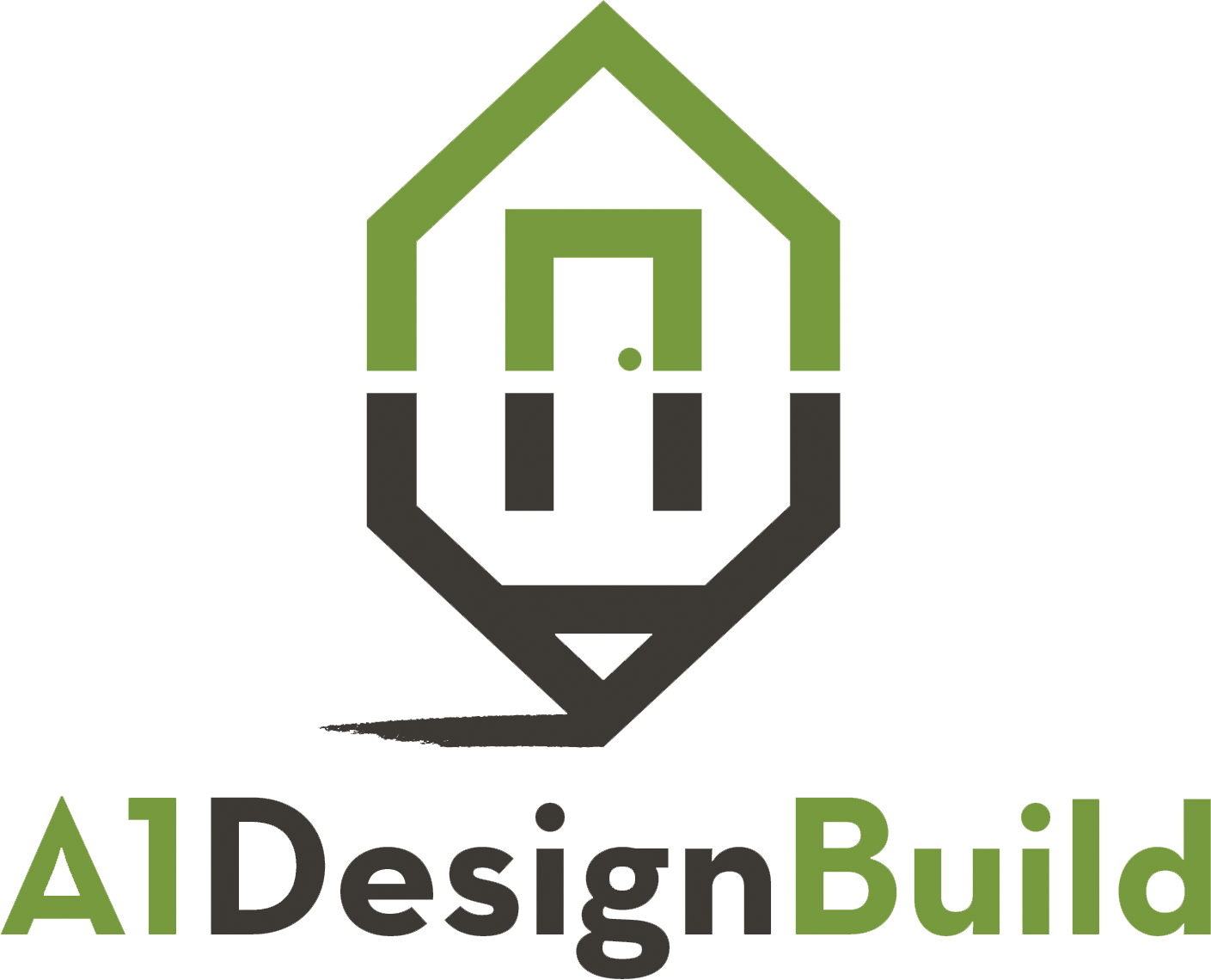What Exactly is a 'Building Envelope'?
A1DesignBuild is a designer and builder of high performance homes here in Bellingham and Whatcom County, Washington. In this post, Patrick Martin, A1DesignBuild’s General Manager, and Maggie Bates, Design Manager, discuss what makes a good ‘building envelope’, and why this should be at the top of your checklist if you’re considering building or remodeling.
Want to watch the whole video about high performance homes? Click here.
The Building Envelope in New Home Construction and Remodels
Maggie: I define a building envelope as basically everything having to do with the exterior of the building. So that includes the roofing, the siding or cladding or stucco, whatever you have on the side of your walls. It's going to take in all the windows and doors, the fenestration, and then all of the gaps between those things. And then you're also going to wrap that down to the foundation, and literally think of it all as envelope that is keeping heat in during the winter, and your home cool in the summer. It really is like an envelope, a sealed envelope.
Patrick: Like a balloon.
Maggie: Yeah, like a balloon. A balloon for your building. And then by using the heat recovery ventilator in there, you can have a super airtight house and you don't have to worry about asthma and allergens and things because you've got fresh air constantly circulating through the house.
Patrick: There's also another way to think about the envelope of a building. It's the shell of all exterior surfaces, what's underneath, what's around, what's on top, like Maggie said. But another way that we think about this is the result of working on hundreds of buildings in Bellingham and Whatcom County, and we always see commonly repeated mistakes and failures that have led to other more significant structural damage or health concerns. Like mold or rot.
So I rate houses on this continuum, and on the left side of the continuum is a soggy paper bag. We've all probably lived in a soggy paper bag at some point in our lives and called it a house. And on the other end of the spectrum is really what we want to build, which is really the best cooler you have ever used. So you put one can of cold beer in that cooler and all of the other cans of cold beer get cold and stay cold for days and days and days and days without introducing any additional energy to change the temperature.
And in an ideal world, we're building envelopes that are airtight and hyper insulated, watertight and hyper insulated. And so like the cooler with the can of beer, it takes very, very little energy or resources to affect the indoor temperature of that building. It takes as little energy as possible to make it comfortable. And that comfortable level stays that way for as long as possible before we have to introduce any additional energy.
And so that's how I think about a building, an envelope, or a balloon that is basically like a thermos. But for humans.
A1DesignBuild builds and designs high performance homes and remodels in Whatcom County, WA.
Maggie: We actually missed a really big point in the overall definition of a good building envelope. And that’s because we often get too fixated on the building itself. The structure itself. The thermos.
But integrating that with the site and the sun is super important. And so that is also a big part, how you orient the roof, what kind of pitch you have, how much attic space are you building that is not going to be used, ceiling heights, all of it. Where you put the building, and orient it, has to be thought through.
Patrick: Definitely. So all of that stuff has to be thought of together. It has to be part of an integrated system, whether you're designing a new home or doing a remodel.
For example, putting solar panels on a 1914 Victorian in Bellingham, Washington is going to do nothing but give money to the people that put on the solar panels. If the house itself is not addressed, if the thermal quality of the house and the envelope is not improved, those panels will not perform to expectation.
Maggie: If you're working with an existing house and you want to do an energy retrofit to turn it into a high performing house, even if it's older, there’s things you can do. First off, triple pane windows. Insulation. New cladding. Seal all the gaps. It is possible to build a good thermal building envelope, even around that 1914 Victorian. It’s harder, but possible.
And because many of us at A1DesignBuild are Certified Passive House Consultants, we stay on top of the newest innovations to help clients make the smartest decisions for their build or remodel. As sustainability becomes more and more important in building, it’s good to be ahead of that curve.
Read about some of the rebates and incentives available to home-owners in Whatcom County.
WANT TO LEARN MORE ABOUT ENERGY EFFICIENT HOMES?

